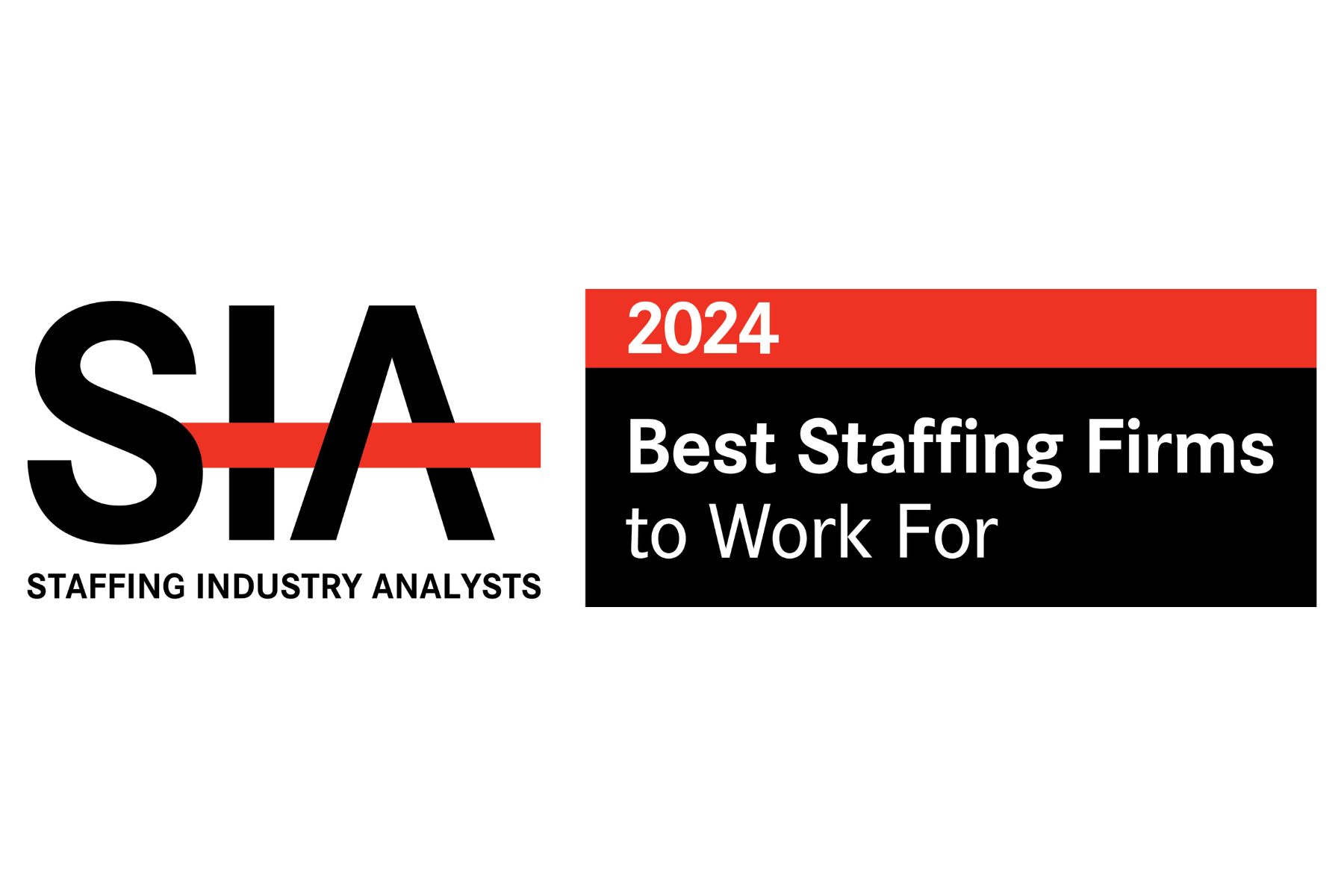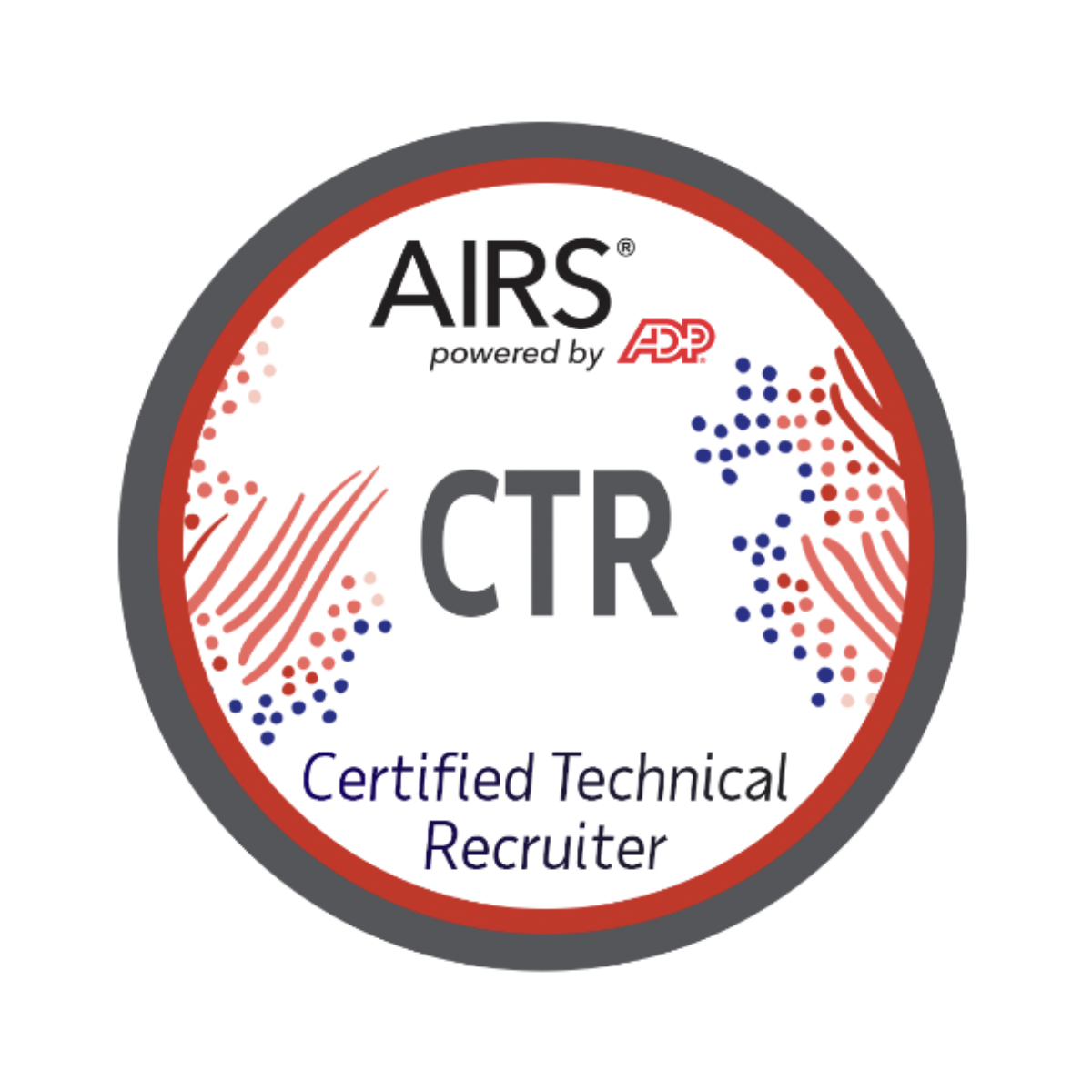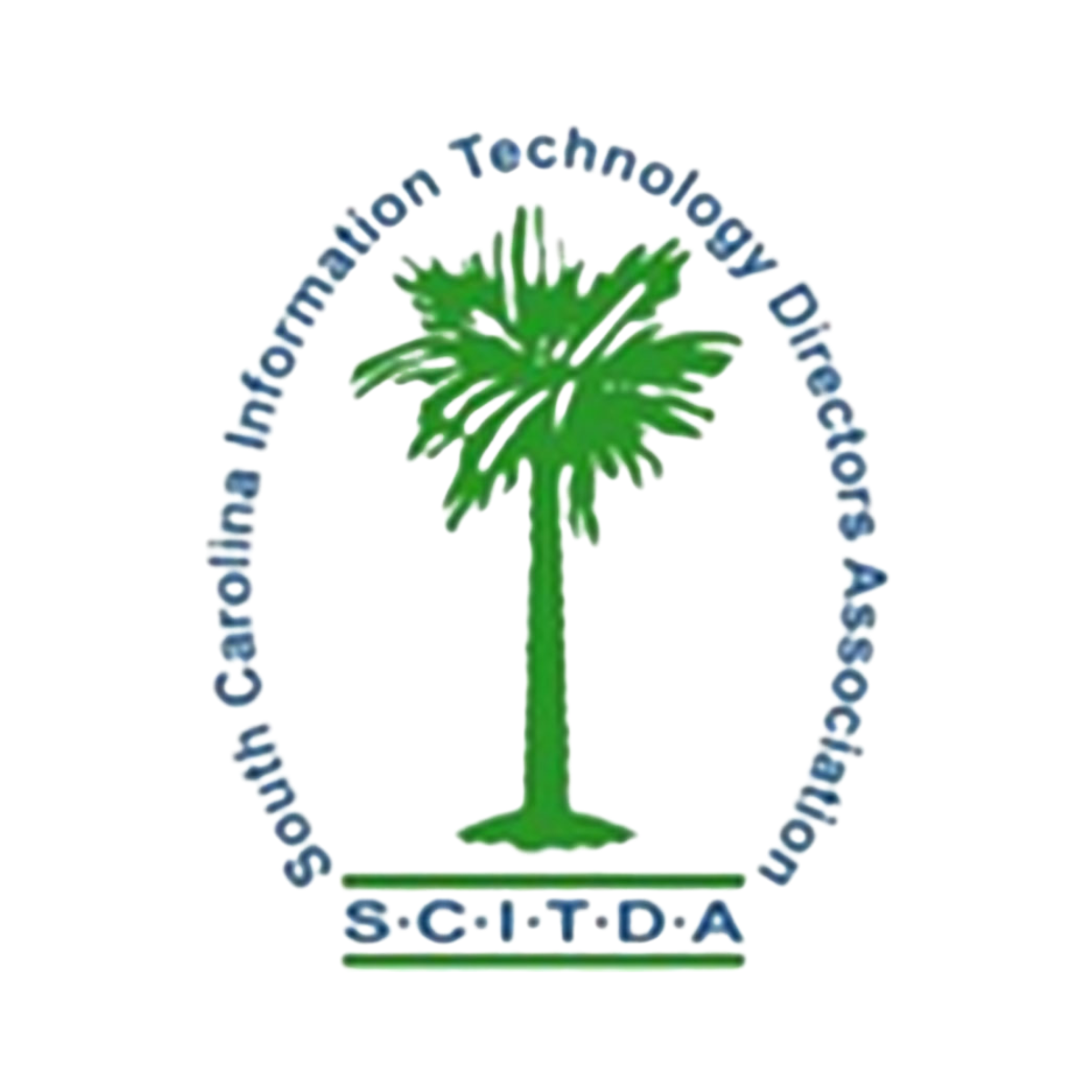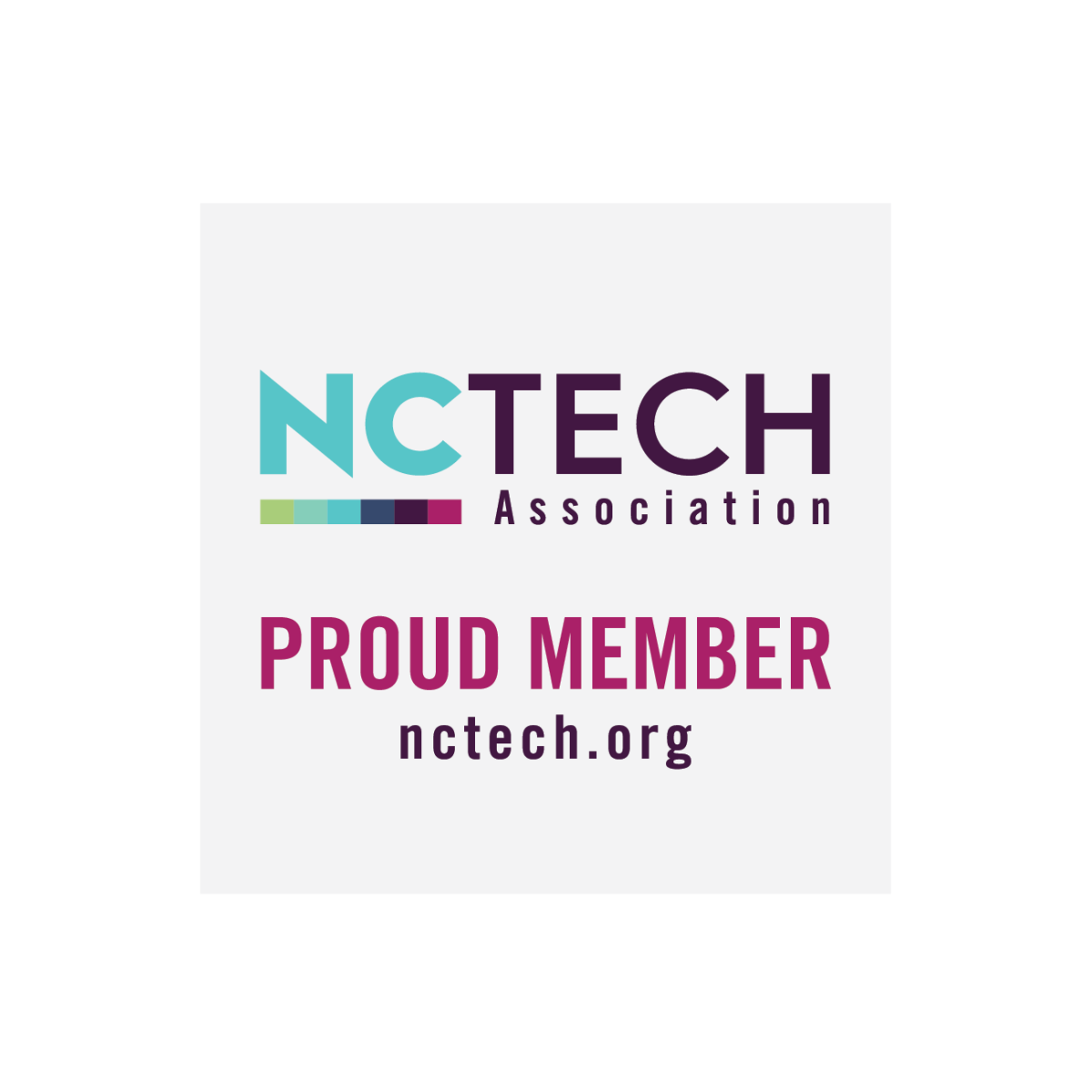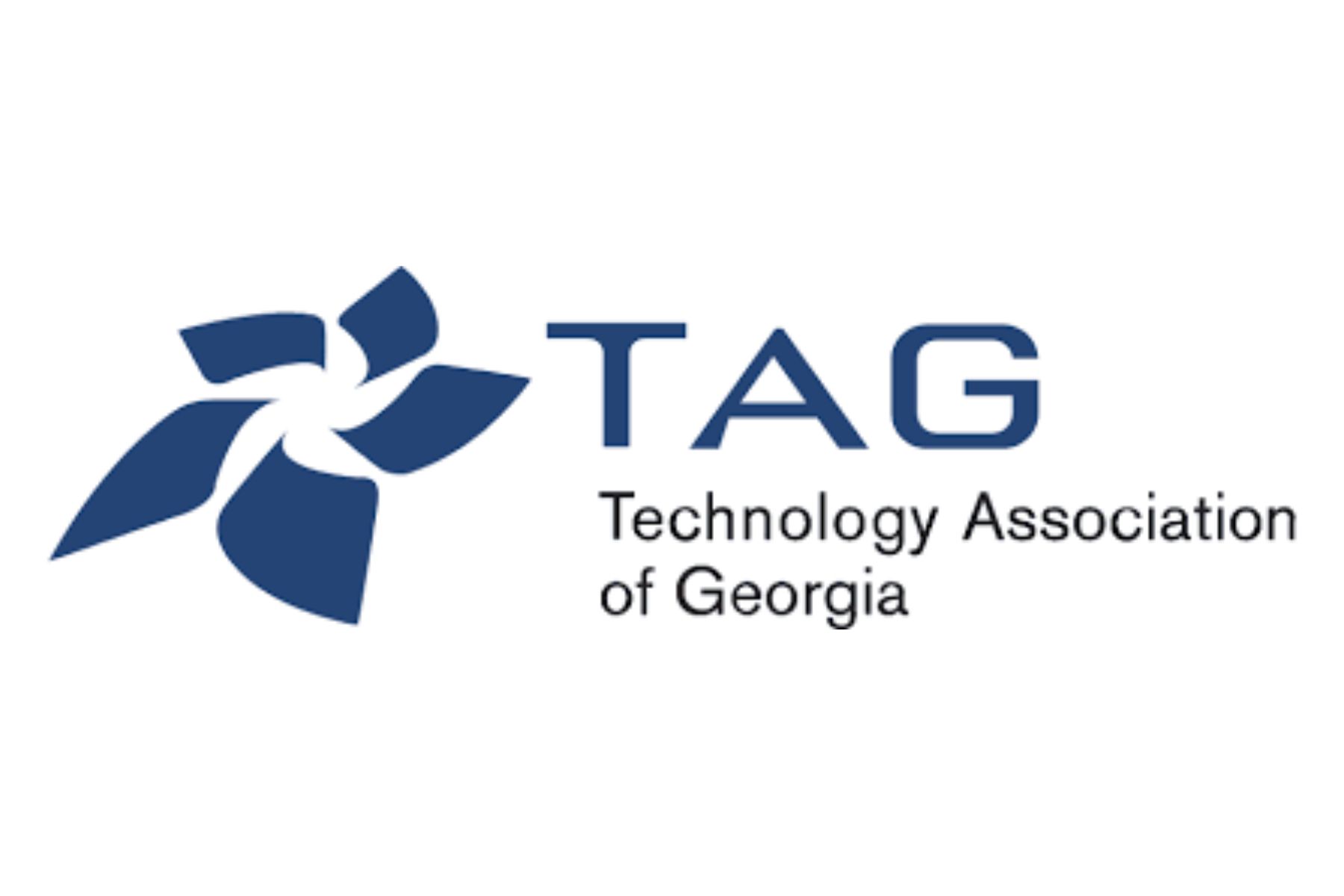Health Information Technology (Health IT) is one of the fastest growing areas in the field of information technology and has a very “healthy” job outlook for the next 5-10 years. If you are intrigued by Artificial Intelligence (AI), machine learning, and big data and how they can be applied to the healthcare field, you may want to consider a career in Health IT.
What is Health IT?
Health IT is defined as “the area of IT involving the design, development, creation, use and maintenance of information systems for the healthcare industry.”
HealthIT.gov further describes Health IT as “the use of computer hardware, software, or infrastructure to record, store, protect, and retrieve clinical, administrative, or financial information.”
Health IT includes:
- Electronic Health Records (EHRs)
- Personal Health Records (PHRs)
- Electronic Medical Records (EMRs)
- Electronic prescribing (e-Prescribing)
Why do we need Health IT?
As the technology being used by medical facilities is advancing at a rapid pace, so is the need for easy access to records by patients and better interconnectivity between medical facilities and their digital health systems. To date, most medical facilities have been recording patient history and keeping records in a system that is more facility-centric than patient-centric. This is where Health IT professionals and their expertise comes in as they are tasked with finding a way for these systems to work together as well being easy to use.
Health IT affects anyone who has ever been to a doctor’s office or a patient in the hospital. These very important record systems, whether EHRs or EMRs, keep track of the patient’s health history, including lab reports, diagnoses, surgeries, doctor’s visits, test results, illnesses, etc. These systems need the expertise of Health IT professionals to both design and maintain them.
Statistics show that up to 98 percent of hospitals in the US already an EHR system in place or plan to implement one, up from just 73 percent 10 years ago. New legislation and regulations are set to start this year that will allow patients to download their health records onto their digital devices. Healthcare facilities will be required to ensure that their electronic record systems meet Centers for Medicare and Medicaid (CMS) guidelines.
In this day and digital age, we have come to expect technology at our fingertips and for many of us, our medical records are no exception. Having all of our information in one place and in one system that is easy to access, secure, private, and comprehensive is more and more in demand.
This is where the field of Health IT and “interoperability” intersect. As medical facilities transition from being facility-centric to patient-centric in their record keeping, Health IT professionals are being hired to make information sharing between larger EHR systems like Epic, Cerner (recently bought by Oracle), and MEDITECH and smaller proprietary ones seamless and user friendly.
What is interoperability?
HealthIT.gov defines interoperability is “the ability of two or more systems to exchange health information and use the information once it is received.” The current problem is that when these systems are not exchanging important information and each hospital or medical facility has its own unique information system, the patient’s information is fragmented or incomplete. The systems need to be unified in a way that allows quick access to information that is up to date, accurate, and secure. The goal is for these systems to seamlessly exchange information and be interoperable.
The benefits of interoperability include:
- Improved patient care and experiences
- Real-time updates to medical information
- Better information available to healthcare professionals
- Earlier diagnoses by clinicians
- Better patient outcomes
- Improved public health policy
- Better medication management
- Improved care and value through using digital tools (such as telemedicine, portals, and wearable technology like a heart monitor)
- Improved health equity through sharing information
- More data analytics to help identify fraud, waste, and abuse
- Lower cost of care by reducing unnecessary or repeated tests
- More hospital price transparency
- Streamlined payment options
Health IT standards and FHIR
In order to help EHR systems exchange data and become interoperable, the tech community realized that there was a need for standards. In 2012, Health Level 7 (HL7) introduced FHIR (Fast Healthcare Interoperability Resources), which sets the standards for digitizing health records and defines how healthcare information can be exchanged between different computer systems, regardless of how it is stored in those systems.
Intersystems.com describes FHIR as enabling access to data—across systems, databases, and devices—in real time, acting like a kind of “web for healthcare.” Using FHIR-based applications, doctors are able to search for information they need—whether it be medication history, allergies, or test results—and get it quickly rather than having to search through long medical care summaries and records.
What types of jobs are there in Health IT?
Popular jobs in Health IT include:
- Analytics Consultant
- Data Architect
- EHR Implementation Specialist
- Data Quality Analyst
- Systems Analyst
- IT Analyst
- Software Engineer/Developer
- Programmer Analyst
- Health Information Technician
- Medical Coder
- Health Services Administrator
- Clinical Informaticist
- Chief Technology Officer
- Chief Information Officer
What are some of the new developments being used in Health IT?
Some of the newest development in the Health IT field include:
- Using AI and machine learning to collect and analyze vast amounts of data, which can find patterns to help facilities make better business and clinical decisions and improve their delivery of care.
- Working with blockchain technology, which ibm.com describes as a “user-centered way for health information to be securely gathered, verified and shared” (ibm.com). Blockchain is able to anonymize and safeguard patient data across fragmented healthcare systems.
- Working with cloud computing and hybrid cloud environments, which provide security features for maintaining HIPAA and other regulation compliance along with the flexibility to move data to where it needs to go. This flexibility also helps healthcare providers make changes to their existing legacy systems and workflows.
Where are Health IT jobs located?
Health IT jobs can be found in healthcare settings such as:
- Inpatient rehab facilities
- Acute care hospitals
- Outpatient clinics
- Mental health facilities
- Doctor’s offices
Or they can be found in places that don’t provide direct medical care such as:
- Consulting firms (like TM Floyd & Company)
- Public health or government agencies
- Insurance companies
- Software vendors
Are there degrees in Health IT?
There are degrees available in Health IT—from associate programs to master’s degrees. There are certifications too. Also, there are several organizations and associations you can get involved in that address Health IT trends and issues in this ever-changing field.
As you can see, Health IT is here to stay. If this sounds like an interesting career field to you, contact us at TM Floyd & Company. We would be happy to talk to you about our Health IT opportunities and our other job openings that might match what you are looking for. You can also browse our job board, updated daily, with our current openings.
Resources:
What is Healthcare Technology?
Health IT (Information Technology)
What do Health Information Technology Specialists do?
10 Careers You can Pursue in Health Information Technology






